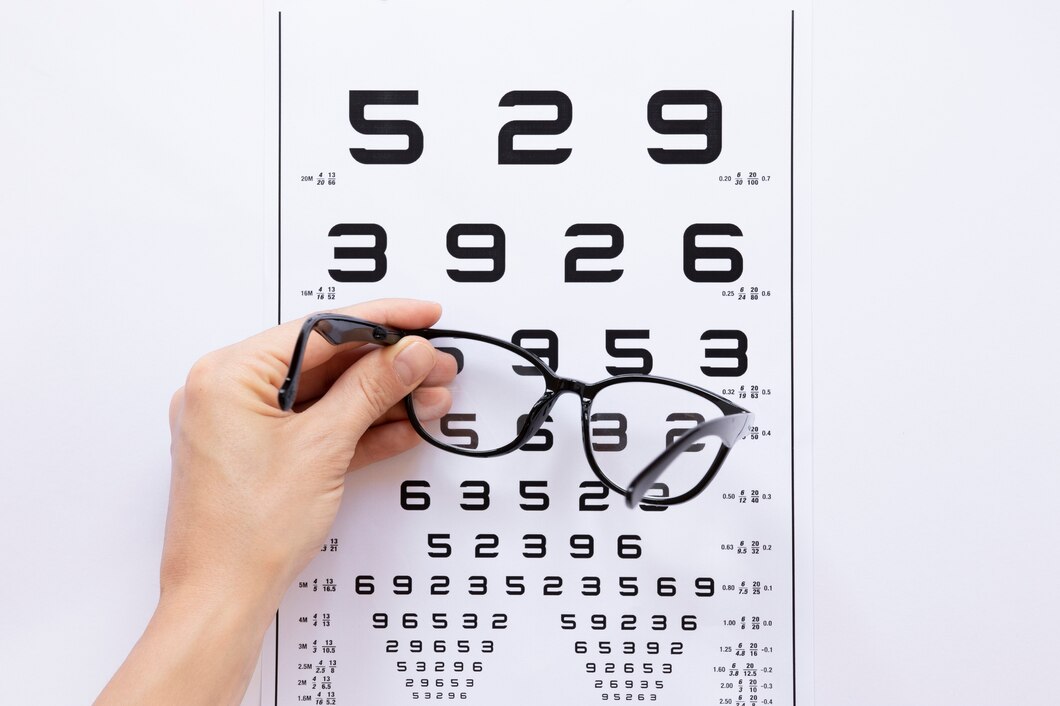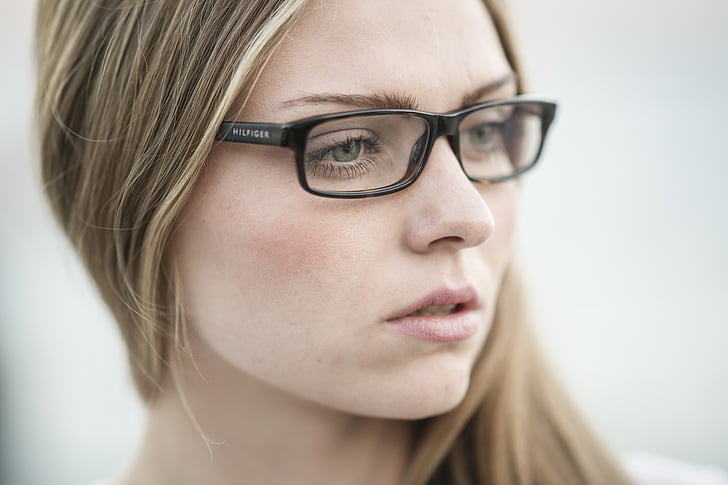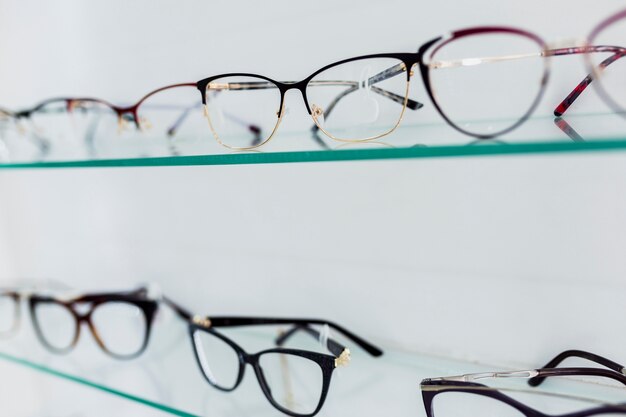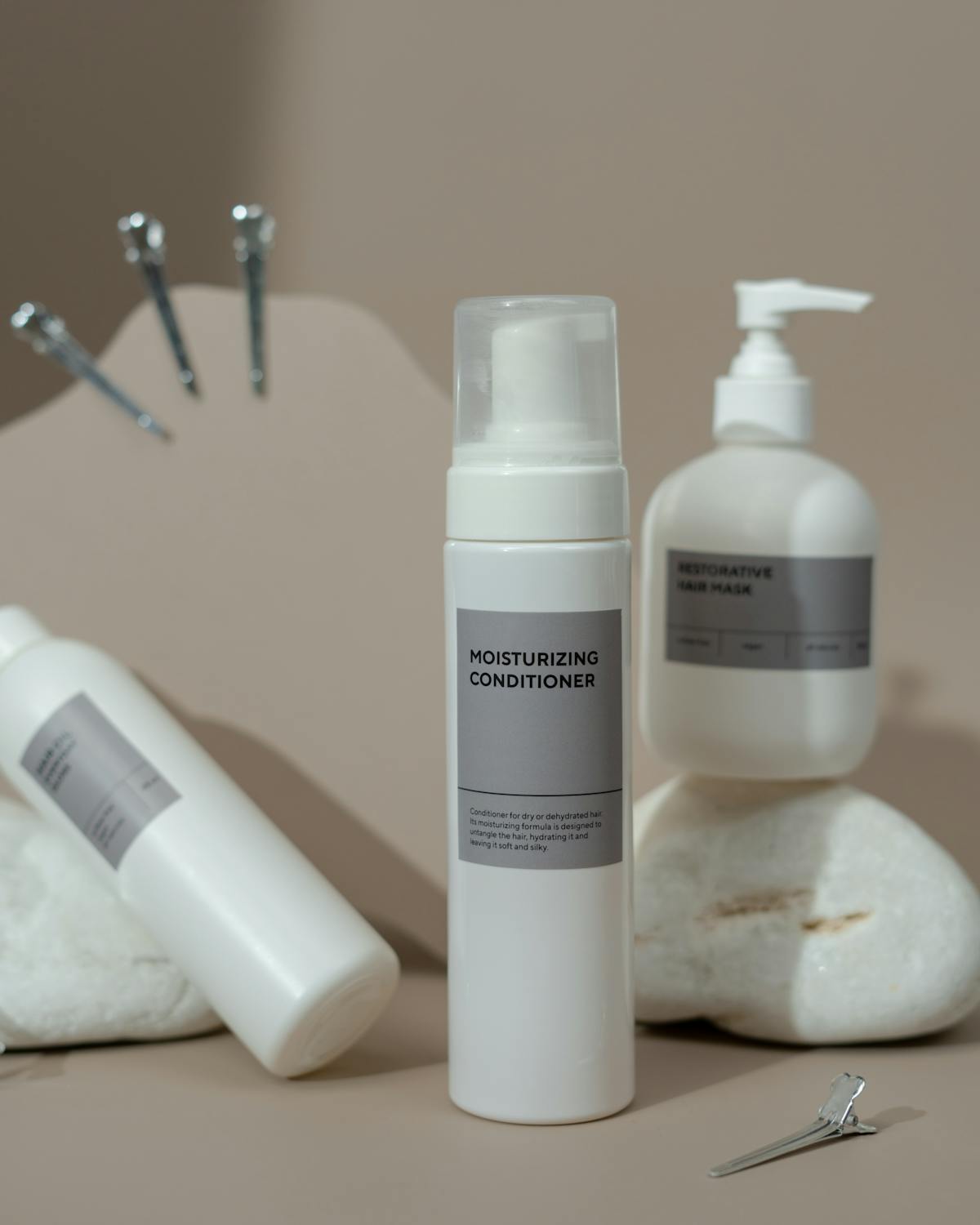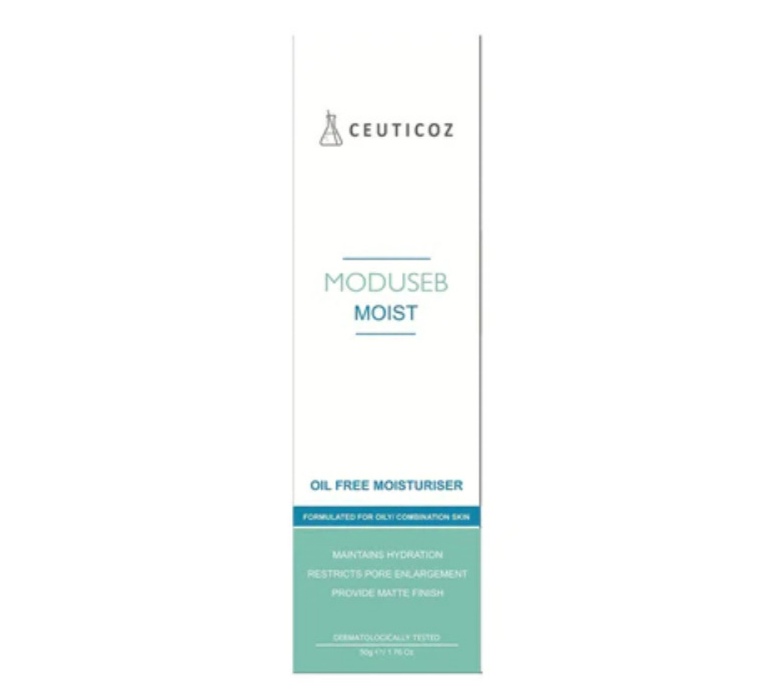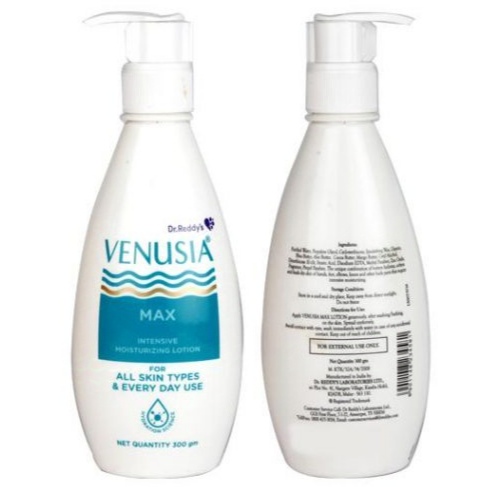Introduction
Choosing the right spectacles involves more than just finding a style that suits your face. One of the most important aspects is understanding spectacle dimensions. These measurements play a crucial role in ensuring comfort and a perfect fit. In this article, we’ll break down the key spectacle dimensions, explain their significance, and offer tips on how to choose the best pair for your needs.
What Are Spectacle Dimensions?
Spectacle dimensions refer to the measurements that describe the size of eyeglass frames. These measurements usually consist of the lens width, bridge width, and temple length. Together, these measurements determine how well the spectacles fit your face, ensuring both comfort and aesthetic appeal.
When shopping for spectacles, you might notice these numbers listed on the inside of the frame. Let’s explore each dimension in detail.
Lens Width: Clarity and Coverage
The lens width is the horizontal measurement of one lens, measured in millimeters (mm). It is the most crucial dimension, as it determines the width of your field of vision and the overall size of the frame.
- Why It Matters: A lens width that is too narrow may not cover your eyes properly, while one that is too wide can make the spectacles look oversized and feel uncomfortable.
- How to Choose: Consider your face shape and the purpose of the spectacles. If you want something sporty or casual, wider lenses may be more suitable. For formal or professional use, narrower lenses offer a sleek look.
Bridge Width: Ensuring a Secure Fit
The bridge width refers to the distance between the two lenses, measured across the bridge of your nose. This dimension is vital for comfort and stability, as it determines how the spectacles rest on your nose.
- Why It Matters: If the bridge width is too wide, the spectacles may slip down your nose. If it’s too narrow, they may pinch, causing discomfort.
- How to Choose: Measure the bridge of your nose or try on different pairs to see which width fits snugly without slipping or pinching. A well-fitted bridge helps maintain a balanced and comfortable fit all day.
Temple Length: Comfort for Extended Wear
The temple length, also measured in millimeters, is the length of the arms that extend from the lenses to the area behind your ears. This dimension affects how securely the spectacles stay on your face, especially during movement.
- Why It Matters: If the temple length is too short, the arms may press against your ears, causing discomfort. If too long, the spectacles may feel loose and slip off.
- How to Choose: Make sure the temple length allows the arms to rest comfortably behind your ears without excessive pressure. Most frames offer adjustable temple lengths, so consult with your optician if you need custom fitting.
Frame Height: Coverage and Style
The frame height, or lens height, measures the vertical dimension of the lens. This measurement is particularly important for bifocal or progressive lenses, as it determines the amount of space available for different focal points.
- Why It Matters: Frames that are too tall or too short can impact the appearance and functionality of the spectacles, especially if you require multifocal lenses.
- How to Choose: For reading or progressive lenses, opt for frames with sufficient height to accommodate the various vision fields comfortably. Style preferences also play a role here; some may prefer taller frames for a retro look, while others go for shorter, modern styles.
Frame Width: Overall Comfort and Proportion
Frame width is the total horizontal measurement from one end of the frame to the other. This dimension ensures the spectacles sit comfortably and proportionally on your face.
- Why It Matters: A frame that is too wide may extend beyond your face, while a frame that is too narrow may feel tight around your temples.
- How to Choose: Measure your face width or try on frames to find one that aligns with the outer edges of your face. For a balanced and comfortable look, the frame width should match your face’s natural contours.
Tips for Finding the Perfect Spectacle Dimensions
Finding the right spectacles doesn’t have to be complicated. Here are some quick tips to guide you:
- Get Your Face Measurements: Measure the width of your face, nose, and distance from ear to ear. This will help you match these measurements with the frame dimensions listed by manufacturers.
- Consult with an Optician: Professional opticians can provide precise measurements and advice on choosing frames that complement your face shape and fit requirements.
- Try Before You Buy: Always try on spectacles before making a purchase. This gives you a feel for the fit, comfort, and style. Don’t hesitate to adjust the bridge width or temple length to achieve the perfect fit.
- Consider Your Lifestyle: If you’re active, look for frames with adjustable nose pads and flexible temples for added comfort and stability. For those wearing spectacles primarily for reading, focus on lightweight frames with an appropriate bridge width for stability.
Conclusion
Understanding spectacle dimensions is essential for finding a pair that not only enhances your vision but also offers maximum comfort. Remember, the key dimensions include lens width, bridge width, temple length, frame height, and overall frame width. By considering these measurements and consulting with professionals, you can find spectacles that fit your face perfectly, ensuring you look and feel your best.
